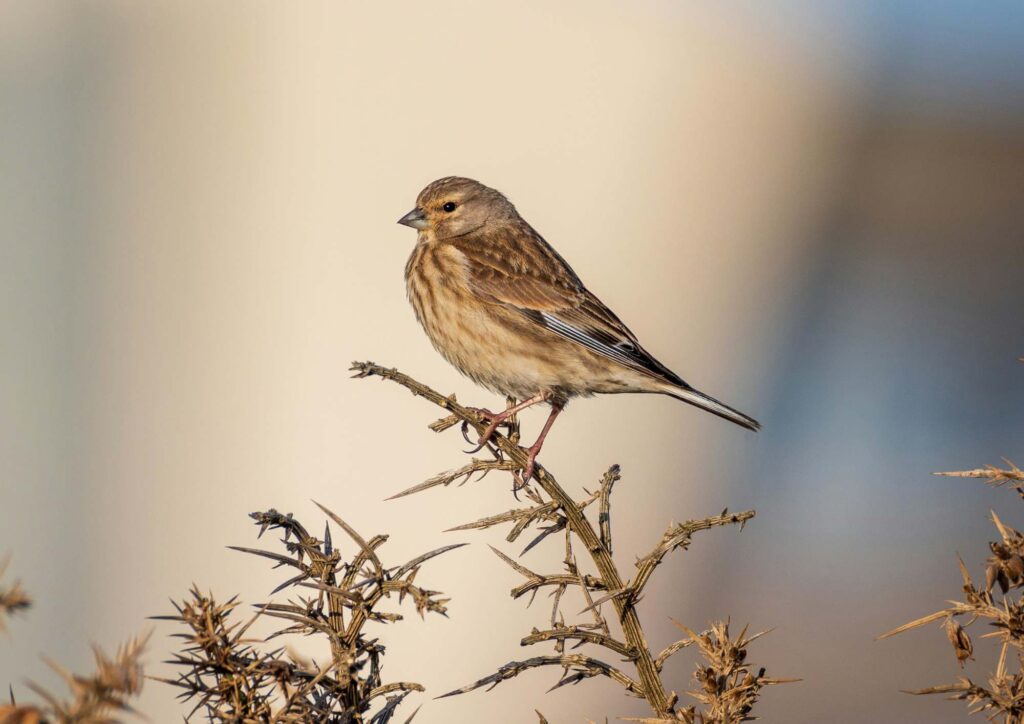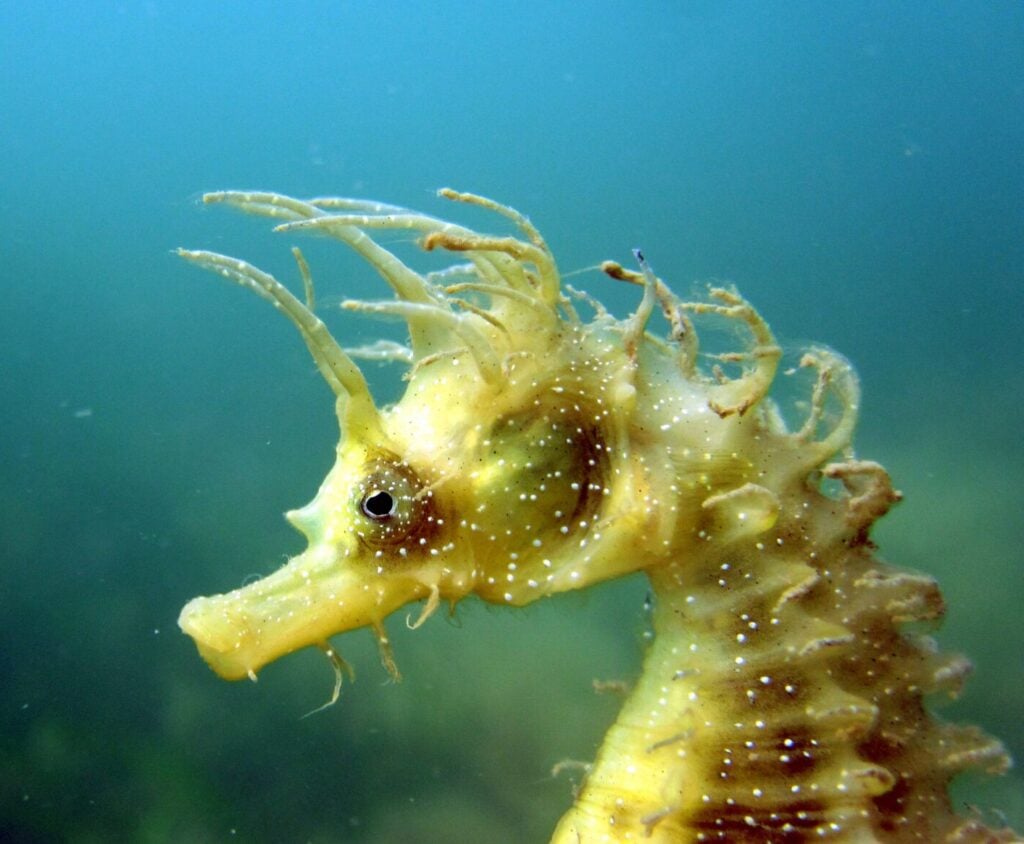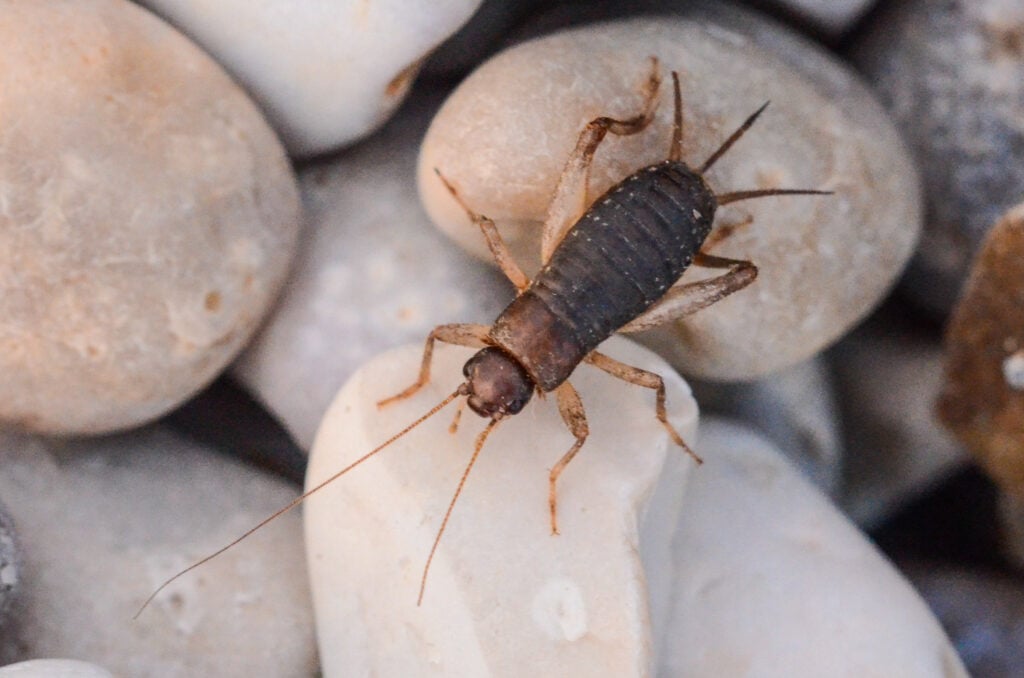Please read the LNRS national requirements page to understand the context for this page. See links to Defra guidance and other relevant links at the end of this page.
1. Statement of biodiversity priorities
1.1 Habitats
- Devon County Council procured habitat experts to identify the habitats that need to be a focus for the LNRS, including UK Priority Habitats and any others. The experts were asked to produce profiles for each habitat and to liaise with other partners. The profiles included:
- A description of the habitat, including any information on extent and condition.
- Key pressures and opportunities
- One overall priority (what we want to achieve)
- Actions required to achieve the priorities.
- A list of key delivery partners and links to useful information.
- The list of habitats was shared and discussed with the Devon LNP and Supporting Authorities. It was also shared at the March 2025 LNP Conference. See the Stakeholder Engagement Summary table for more details.
- See the draft Habitat pages for the results of this work to date.
1.2 Species
Defra guidance states that all LNRSs should include:
- A ‘long list’ of species which are:
- On the GB IUCN list of Threatened species (assigned to Vulnerable (VU), Endangered (EN) or Critically Endangered (CR) categories) – or likely to be on the list if an assessment had been done.
- Species of considered to be of local conservation significance due to factors such as:
- The county being a stronghold for the species.
- Indicators of a healthy natural environment or contribute to wider goals e.g. beavers as ecosystem engineers
- A focus of existing projects, including re-introductions.
- We are also asked to consider Near Threatened species.
- Species where action is only needed outside England or species only recorded as vagrants or occasional visitors are excluded from the long list.
- A ‘short list’ of species which need bespoke actions or attention due to their rarity or as Devon is a national or global stronghold. Any species which are on the ‘short list’ also need to be on the ‘long list’.
Devon County Council procured species experts to follow the Defra species prioritisation guidance to produce a ‘long’ and ‘short’ list for their group and to discuss these with key stakeholders, including Devon species groups such as Devon Birds, Devon Mammals and the Devon Moth Group. Experts produced species profiles – see Habitats above.
These draft lists were shared with partners – see Habitats above. See the Stakeholder Engagement Summary table for more details. This work resulted in draft lists:
- Long list = Devon Species of Conservation Concern (DSoCC)
- Short list = Devon Special Species
See the Devon Species of Conservation Concern spreadsheet (long list and short listed species) and the Overview of Devon Special Species (short list). See the Species pages for the results of this work to date.
A few Devon Special Groups have been identified where there is a group of rare species for which Devon is a stronghold. These groups are largely for insects and lichens e.g. wet woodland flies and maritime lichens. However there is also a group for estuarine birds and seacliff nesting birds. Some of the groups have a Devon Special Species within them e.g. bog hoverfly is part of the valley mire fly group. These groups are listed in the Overview of Devon Special Species, link below.
IMPORTANT: All information provided by experts has been edited and so any errors or omissions are the responsibility of the editing team and not the expert. All text will be checked by experts as part of the consultation and signed off before final publication.
1.3 Wider themes
All LNRSs are required to look at how restoring nature can have wider benefits relating to issues such as water quality, carbon, flooding and health and wellbeing. Natural England advised that the Devon LNRS did not need a section on air quality. Invasive non-native species are also included in this section of the LNRS.
- Water quality and flood control: This work was led by a consultant in close liaison with the Environment Agency and South West Water. Two workshops were held to discuss these themes. See the stakeholder engagement table (below) and the Water quality and flood risk page.
- Carbon sequestration: Again this work was led by a consultant in close liaison with Devon County Council’s Climate Team. See the stakeholder engagement table (below) and the Carbon sequestation page.
- Connecting People and Nature. Led by the leads for the Devon LNP’s relevant forums – Naturally Healthy, Wild about Devon (Community action) and the Network for Environmental Educators in Devon. Discussed at their forums and the LNP 2025 Conference workshop. See the stakeholder engagement table (below) and the Connecting people and nature page.
- Invasive non-native species: Led by the LNP’s Devon Invasive Species Initiative (DISI). DISI members developed a list of priority invasive non-native species and a short list of those most in need of action (as they are here) or vigilence (to prevent them becoming established in the county). See the stakeholder engagement table (below) and the Invasive non-native species page.
Stakeholder Engagement Summary table.
2. Mapping
2.1 Local Habitat Map
All LNRSs are required to produce a ‘local habitat map’ showing:
- Designated sites and statutory irreplaceable habitats (referred to in the legislation as ‘areas of particular importance for biodiversity’)
- Mapped measures. Areas where actions identified in the LNRS are most needed. These should build on existing habitats and designated sites.
- 50% maximum area: Natural England requested that that the combined area of mapped measures and designated sites / irreplaceable habitats should not be much more than 50% of Devon.
Devon approach taken to the ‘mapped measures’ – High Opportunity Areas
In the Devon LNRS ‘mapped measures’ are referred to as High Opportunity Areas. In line with the Devon LNRS Priorities the approach to mapping follows the Lawton principles of Better habitats (wildlife-rich), Bigger habitats, More habitats and Connected habitats.
Mapping has built on previous work undertaken by the Devon Nature Recovery Network group (led by DWT, DCC and DBRC). This group had discussed various models such as least cost pathway and had agreed that the Marxan mapping model should be explored further. The Devon LNRS team joined up with Cornwall Council who had commissioned Exeter University to use Marxan for the Cornwall LNRS. Exeter University trained up DBRC to run the model.
However after many months of exploring Marxan it was agreed that, whilst it is an exciting model, it wasn’t working for the Devon LNRS. An overview of Marxan and how it could be used in Devon will be written up.
Instead the mapping process has been led by the habitat experts, partners such as EA and FC, the soils lead for the EA and with digitising expertise from DBRC. The most appropriate approach has been taken for each habitat.
A Mapping Paper sets out how each layer has been mapped and health warnings relating to the accuracy of specific layers. An overview of the approach taken is given below.
- Better habitats (wildlife-rich)
- Existing habitats have been mapped using the best available data that can be shown on a public viewer. Examples include Natural England’s Priority Habitat Inventory, Forestry Commission’s Natural Forest Inventory and Exeter University SWEEP data for Dartmoor. Where appropriate data sets have been merged.
- The Mapping Paper sets out the data used for existing habitats and how to submit updates to the owner of the data e.g. how to contact Natural England to update the National Priority Habitat Inventory layers.
- Bigger, more and joined up habitats
- Opportunities for expanding, creating and joining up habitats have been mapped in a variety of ways depending on the physical conditions needed by the habitat (soils, slope etc). It has involved a mix of Soilscapes, slopes, landscape character, simple expansion areas, existing mapping (such as Shoreline Management Plan restoration areas) and adapting existing mapping (such as Forestry Commission’s England Woodland Creation Offer mapping). See the Mapping paper for details.
2.2 Species Opportunity Areas
- These have generally been mapped for Devon Special Species such as butterflies, birds and bats which need actions targeted across specific landscapes. The mapping has been done in liaison with a wide range of species experts, Devon recording groups and organisations (such as RSPB, Butterfly Conservation, Devon Fly Group, Devon Moth Group etc).
- Some areas are also mapped for less mobile species, particularly where actions need to be targeted to habitats which are not already mapped as High Opportunity Areas e.g. south Devon arable plant zone. Where useful species information already exists this has also been added e.g. Devon Dragonfly Sites of Local and National Importance.
- These areas are often large and are mapped to help guide action, particularly to the High Opportunity Areas within them.
2.3 Water quality, flood control and Community Access Opportunity Areas
Water: EA and SWW advised that they want habitat restoration targeted to Natural Flood Management high priority catchments and Drinking water safeguard zones. They did not want more detailed mapping included.
Access to nature: Simple 500m zones have been mapped around all community centres and non-private schools to show where wildlife-rich green spaces could be most beneficial to communities. This approach was discussed and agreed with the LNP connecting people and nature forums.
2.4 Opportunity for nature everywhere
This layer covers the whole of Devon and ensures that there is a clear message that wherever you are in Devon it is clear that there is something that you can do to help restore nature.
2.5 Other useful layers
Lots of other layers that could be useful when considering land management actions including Soilscapes, Agricultural Land Classification, Protected Landscape boundaries, Historic Environment records and SSSI condition assessments.
3. Stakeholder engagement
The LNRS has been pulled together through extensive collaboration with a wide range of partners. For collaboration to date see the Stakeholder Engagement Summary table.
4. Next steps – sign off and delivery!
- The LNRS will be updated following public consultation through October.
- We are addressing accessibility issues. Our Accessibility Statement is here.
- The LNRS will be finalised in December 2025 and sent to the Supporting Authorities for final sign off (they are legally required to have 28 days) before final publication.
- The LNRS will replace the Devon Biodiversity Action Plan (archived), current list of Devon Species of Conservation Concern and Devon Special Species and the Strategic Nature Areas.
- Defra is providing funding to help start to promote and monitor delivery of the LNRS.
- Once published the statutory LNRS cannot be changed until the Secretary of State announces a review. Defra has not yet shared details as to how Responsible Authorities should monitor or review the LNRSs.



